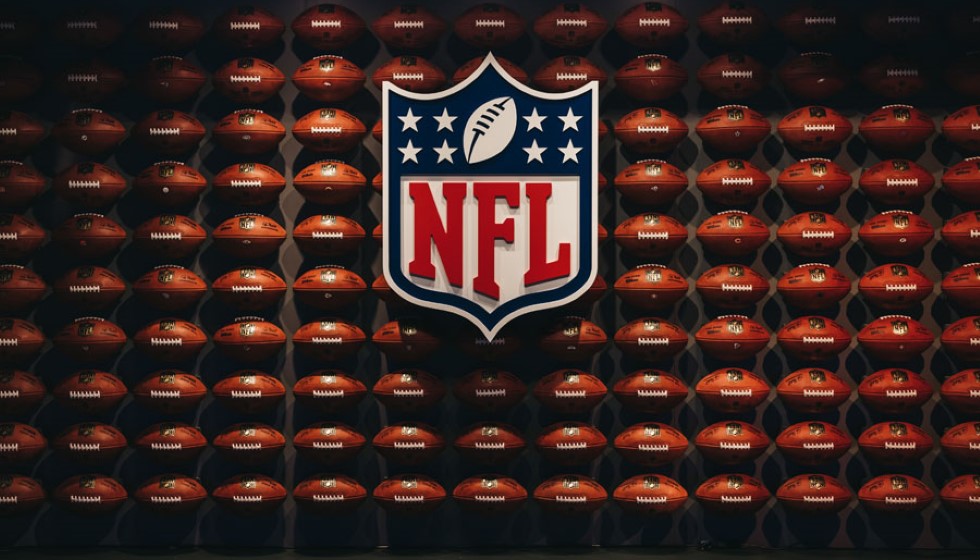
In an ever-evolving effort to enhance player safety, the NFL has introduced guardian caps as an optional addition to players' helmets during the offseason. These caps are designed with a padded, soft-shell layer that effectively absorbs impact, reducing the risk and severity of concussions—a significant stride in the ongoing battle for player welfare in professional football.
Recent studies spanning the last two NFL seasons have underscored the effectiveness of guardian caps in mitigating concussions. The data reveal that the severity of player impact is reduced by 10% when a guardian cap is worn. This reduction is further amplified to at least 20% if both players involved in a collision are sporting the protective caps. The stats bring a semblance of hope in the realm of sports safety, especially for a sport as physically demanding as football.
Yet, as straightforward as the benefits may appear, the reception of guardian caps among players has been mixed. Darius Slay, a prominent figure in the NFL, has made no secret of his disdain for the protective gear. "Oh I can't stand them. It impact my swag," Slay candidly remarked, highlighting a sentiment shared by a section of his peers who prioritize appearance and personal style on the field. The aesthetic impact of the caps has been a sore point for many. "My game is part of my swag. If I ain't looking the part, I can't feel the part. They have me looking very ugly out there with that big ol' cap on the head," Slay further lamented.
The intersection of player safety and personal expression is undoubtedly a complex and nuanced territory. While some players rebel against the perceived intrusion into their image, the overarching goal remains clear: reducing head injuries. Slay's concerns, despite their apparent triviality in comparison to health risks, reflect a broader cultural aspect of professional sports where appearance and personal branding hold significant value. "I hope not, because they show our swag will be ugly," Slay quipped, underscoring a lingering anxiety about the balance between safety and style.
However, despite his reservations, Slay acknowledged the caps' purpose. "They are for our safety, so if they wear them for safety that's cool. I'm sure I'll clown them," he conceded, implying a grudging acceptance of the caps' role in protecting players, even if it comes at the cost of a few jokes and jeers in the locker room.
Recognizing the importance of player buy-in, the NFL has rolled out initiatives to make guardian caps more team-centric. One such effort is the introduction of a "helmet pinney" adorned with the team's logo and colors, merging safety with team identity. This step is aimed at fostering a sense of pride and ownership among players while mitigating potential resistance rooted in aesthetic concerns.
The debate about guardian caps encapsulates the broader conversation surrounding player safety innovations in sports. Innovative measures are often met with initial resistance and skepticism, especially when they challenge longstanding norms and aesthetics. However, the persistent issue of concussions and their long-term impact on player health necessitates ongoing adaptations and acceptance of new safety protocols.
As the NFL continues to prioritize player safety, it remains to be seen how widespread the adoption of guardian caps will be. Will the promise of reduced concussions outweigh the concerns of altered appearance? For now, the conversation—replete with differing opinions and cultural nuances—reflects the complexity of integrating improved safety measures in a sport where performance and presentation are inextricably linked.